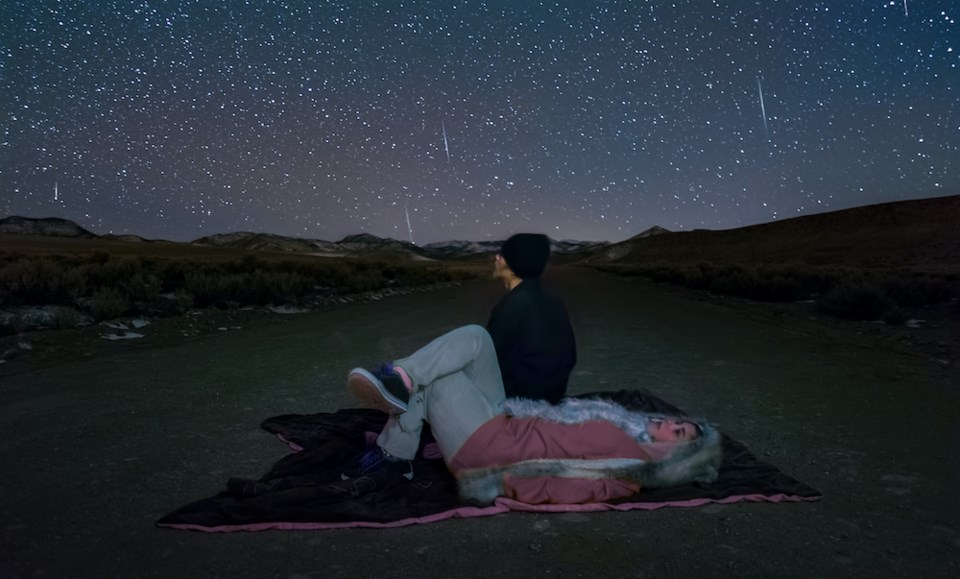Sky-watchers, rejoice!
A truly awe-inspiring meteor shower takes place this December in Metro Vancouver that promises to illuminate the sky with dozens of shooting stars.
NASA considers the Geminid meteor shower to be one of the "best and most reliable" of the year, producing up to 120 meteors per hour in "perfect conditions."
That said, even without perfect conditions, you can often catch 50 or more meteors per hour during the peak of the shower. The meteors "tend to be bold, white and quick," according to EarthSky.
You won't need any equipment, but you'll want at least an hour of viewing time — the meteors come in spurts.
The shower takes place from Dec. 4 to Dec. 17, peaking from Dec. 13 to Dec. 14.
Brighter display every year
Nearly 200 years old, the Geminid Meteor shower offers earthlings a brighter display every year (depending on the moonlight, of course). Space.com notes that this is due to Jupiter's titanic gravitational pull that has brought the stream of particles from the "shower's source, the asteroid 3200 Phaethon, and closer to Earth over the centuries."
Locals will also be able to catch some of the astral magic in the days leading up to the shower’s peak, as well as in the days right after.
Geminid meteor shower: NASA viewing tips
Skywatchers can view the display during the night and predawn hours, according to NASA. The shower is considered ideal for younger viewers, as it starts early, around 9 p.m. or 10 p.m.
As with any shower, you should find an area further away from light pollution in the city. While this works best in more remote places, anywhere that has a higher elevation will also provide more ideal viewing conditions. Since it takes place overnight in December, you'll want to prepare for colder conditions. Bring a sleeping bag, blanket or lawn chair.
"Lie flat on your back with your feet facing south and look up, taking in as much of the sky as possible. After about 30 minutes in the dark, your eyes will adapt and you will begin to see meteors," explains NASA.
"Be patient -- the show will last until dawn, so you have plenty of time to catch a glimpse."



